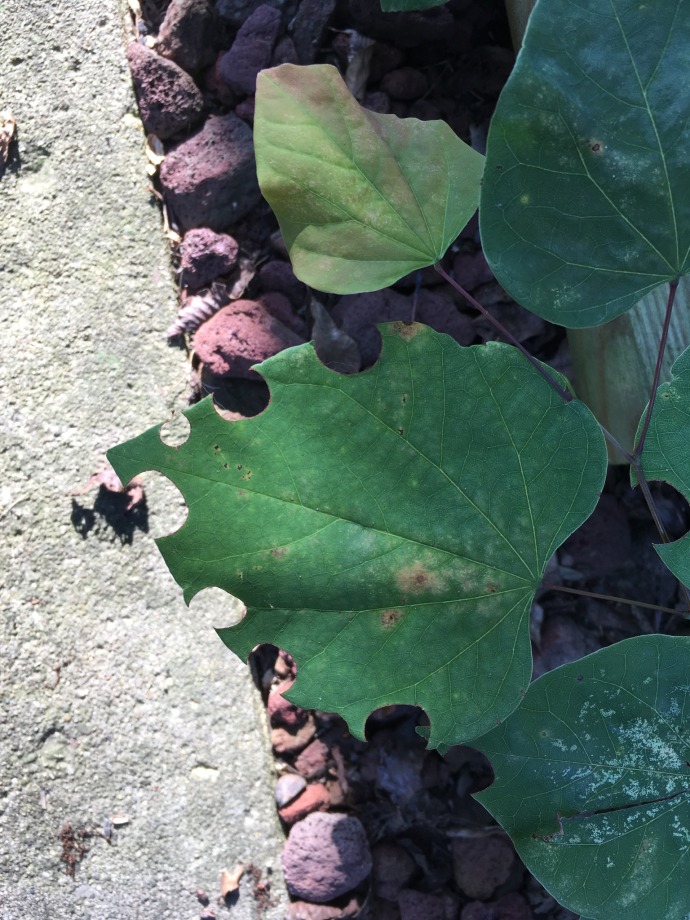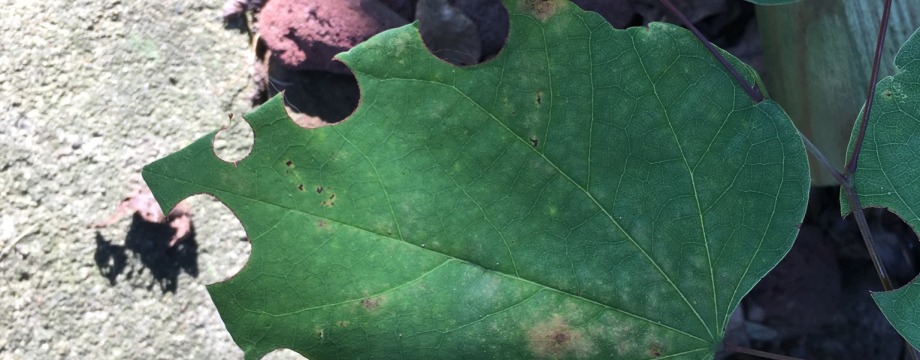Heather Harvey of Bees Gone Wild gave a terrific presentation at the August 1 Wednesday in the Wild program at Lilly Nature Center in Celery Bog, West Lafayette, Indiana. We know a lot about honey bees because they are quite often the center of attention in the news. But I learned a lot of new things about native bees.
- Not all bees cause anaphylactic shock.
- Not all bees are good pollinators.
- Not all bees make honey.
There are 20,000 plus bees in the world. Only 10% are social. Social bees are the ones that must defend the queen, the nest, the food and eggs. Solitary bees are basically single mothers and don’t have time to defend the nest. She’s too busy gathering food. 70% of the bees are ground-nesting bees: Sweat Bees, Bumble bees and Miner and digger bees are examples. Hole-nesting bees are: Mason, leaf cutter and Carpenter bees.
Honey bees are not native. They were brought over on the Mayflower. Honey is made to feed the queen and workers over the winter. They are basically livestock at this point.
Solitary bees live in a cocoon over the winter. Natives gather and store pollen balls – pollen mixed with nectar – for their young. The Blue Orchard Mason Bee may lay 20 eggs in her life which she puts in a tube-like structure: A weed stem or anything with a small diameter tube. They use mud to separate their eggs. Mason Bees are Spring bees and generally fly mid-March through May after the temperatures reach 55 degrees. They are excellent pollinators to forest trees, maples, and the earliest flowering plants.
Leaf-Cutting bees are summer bees and fly May through August when it is above 70 degrees. They are strong bees and use leaf circles to wallpaper their tubes and separate the eggs. They put a pollen ball and egg and seal it up with the leaf circles. The leaf-cutter uses the redbud leaves for her circles.
Leaf cutters and mason bees are pollen spreaders as opposed to honey bees, which are pollen gatherers. Honey bees are not as efficient at pollinating as the native ones are.
Honey bees flies 1 to 2 miles to their hive as opposed to the mason bee which flies 300 feet which gives them more pollinating time verses communing time.
Heather give pointers to make your property more native bee friendly (which means also pollinator friendly):
- Bee aware.
- Leave your yard a little messy.
- Plant native plants and flowers for forage.
- Trim native plant to 15 inches in the fall to leave stems for tube nests.
- Plant redbuds and lilacs for summer bees.
- Have small open mud circles and barre circles and don’t rake, till or disturb for hole-nesting bees.
- Install nesting boxes. Crown Bees has more information and nesting supplies to help with this.
- Avoid lawn chemicals
- Provide habitat
- Reintroduce bees
She also shared how she gathered the cocoons and made sure they were kept safe, how she cleaned the tube nests, and other caretaking items.
I went home after the lecture and looked at some of my many redbud seedlings that have sprung up around our property and right by our back door I found round circles cut out of the leaves!!!! I haven’t seen any of the leaf cutter bees that I have identified, but I’m sure I have actually seen one and didn’t know it!
I just love learning new things and having my eyes opened to God’s fantastic creation!


